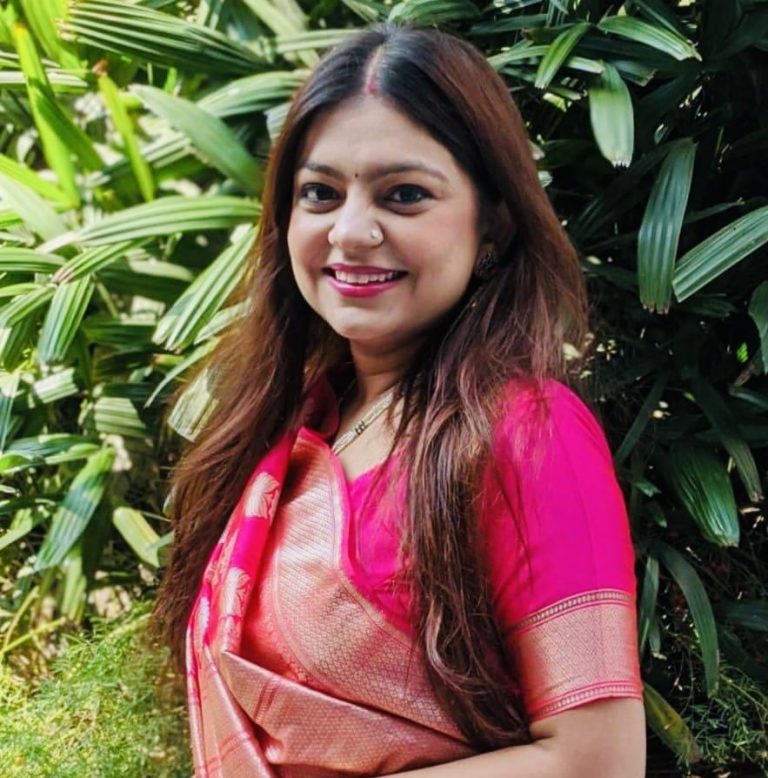
EAT-Lancet Commission on Food, Planet, Health estimates that if the global population wants to secure a healthy and sustainable future for the planet by 2050, consumption of red meat, sugar and starchy vegetables like potato needs to decrease by nearly 50% and that consumption of nuts, fruits, vegetables and legumes must increase by almost 200% !
Dietary Diversity is one of the most important lessons that you could take on nutrition science. It relates to how balanced your daily diet is and whether it includes the required mix of major food groups to supply adequate macro and micro nutrients to your body. But do we know- how diverse our modern diets really are?
With rapid urbanization and change in our daily lifestyles, coupled with the market influx of processed foods, the world has witnessed a transformation in its dietary patterns. Many of us may be shocked to know that just three crops – rice, wheat and maize – provide more than 50% of the world’s plant-derived calories!4 It is in this context, that findings from the EAT-Lancet Commission on Food, Planet, Health call for a drastic shift in our global food systems. They provide the “first scientific targets for a healthy diet from a sustainable food production system that operates within planetary boundaries for food”. The report estimates that if the global population wants to secure a healthy and sustainable future for the planet by 2050, consumption of red meat, sugar and starchy vegetables like potato needs to decrease by nearly 50% and that consumption of nuts, fruits, vegetables and legumes must increase by almost 200% ! 9
Evidence is clear that adding colorful vegetables, fruits & legumes to your eating plate, is extremely critical to the development of a growing body, preventing cardio-metabolic diseases and reducing all-cause mortality.2,8 Yet an average Indian may not always choose to buy fresh veggies and fruits in the market. Economic access, time involved in food preparation, market availability and even basic awareness about the health benefits of natural foods are some of the major factors that could determine this decision-making process. After all it is cheaper and easier to buy a 5 Rs packet of high sodium chips or a packet of high sugar biscuits than preparing a fresh meal with fresh vegetables!
Ministry of Women & Child Development, which lead’s the country’s National Nutrition Mission has identified dietary diversity as a game changer in its fight against malnutrition, as reflected in the recently released “Integrated Child Development Services (ICDS) Final Guidelines, 2021.6 First, the government plans to support the development of sustainable agri-food systems that build a continuous supply of fresh food produce aimed at dietary diversification and improved nutritional outcomes. And second, the government aims to generate public demand for nutritiously dense and diverse diets sourced from local biodiversity, coupled with a participatory approach to mobilize communities for improved nutrition seeking behaviors.

On the supply side perspective, one of the most important innovations rolled out by the Ministry, is the setting up of nutri-gardens or poshan vatikas. The concept of nutri-gardens builds on the optimal utilization of land to grow fresh vegetables and fruits that can support the nutritional needs of the community and address the gaps in access, quality and availability of diverse and nutritious diets. It represents an exemplar practice which addresses multiple goals of nutrition security, agri-food diversity, livelihood generation and environmental sustainability.3 Moreover, to cater to the long-term nutritional needs of the population, Ministry also plans to launch a nation-wide drive for Food Forestry with a focus on plantation of trees with nutritional and medicinal value. For example, the government has been encouraging the planation of “Moringa” plant in child care centers. “Moringa” also known as Sehjan or Drumstick is a native Indian plant, which is rich in beta-carotene, iron, vitamin A, B2, B6 & C 5 and offers innumerable health benefits as a natural antioxidant, antibacterial, anti-inflammatory, anti-cholesterol, anti-diabetic and even exhibiting anti-cancer properties.1
Alternatively, to trigger the public demand for sourcing diverse diets from local agri-bio diversity, the communication campaign is geared towards Local for Poshan (Local for Nutrition).To deliver such messages on health and nutrition, Poshan Panchayats (Villages Councils for Nutrition) are being rolled out in partnership with the Ministry of Panchayati Raj (Local Governance) to promote a participatory approach for community conversations and counselling of mother groups. Finally, to sustain a behaviour change which promotes the switch to healthier dietary patterns, efforts are being made to mobilize public participation for transforming nutrition awareness into a mass movement or Jan Andolan.
In conclusion, both western medicine and the Indian AYUSH systems have traditionally supported the philosophy of- “Let Food Be Thy Medicine”.7 This conceptual framework is now supported by the latest global evidence on building of resilient food systems & shorter food supply chains that support dietary diversification, ecological conservation and achievement of Sustainable Development Goals. And the corresponding shift in the policy framework to address India’s malnutrition burden, if implemented with data-based monitoring of outcomes, can go a long way in paving the way for a model that epitomizes the marriage of traditional knowledge with scientific evidence.
HPHR.org was designed by ComputerAlly.com.
Visit HPHR’s publisher, the Boston Congress of Public Health (BCPH).
Email communications@bcph.org for more information.

Click below to make a tax-deductible donation supporting the educational initiatives of the Boston Congress of Public Health, publisher of HPHR Journal.![]()